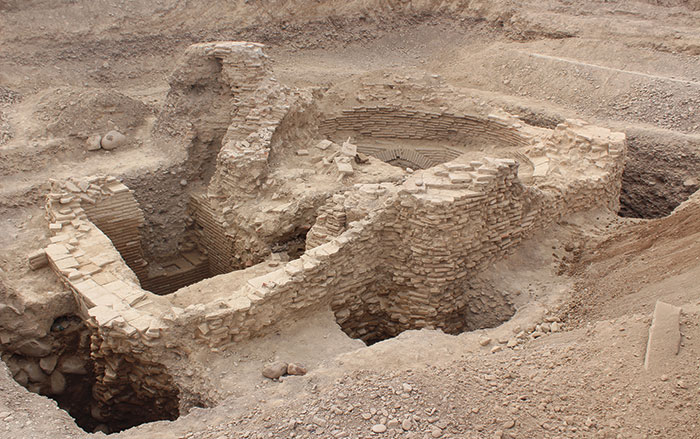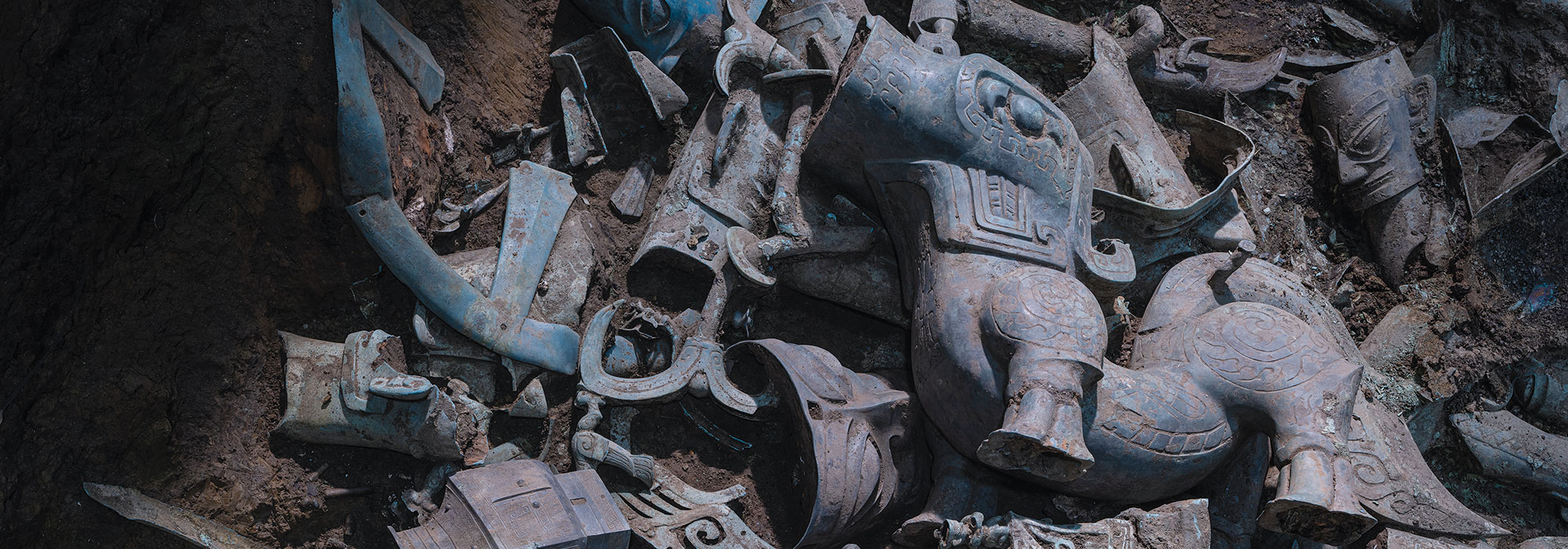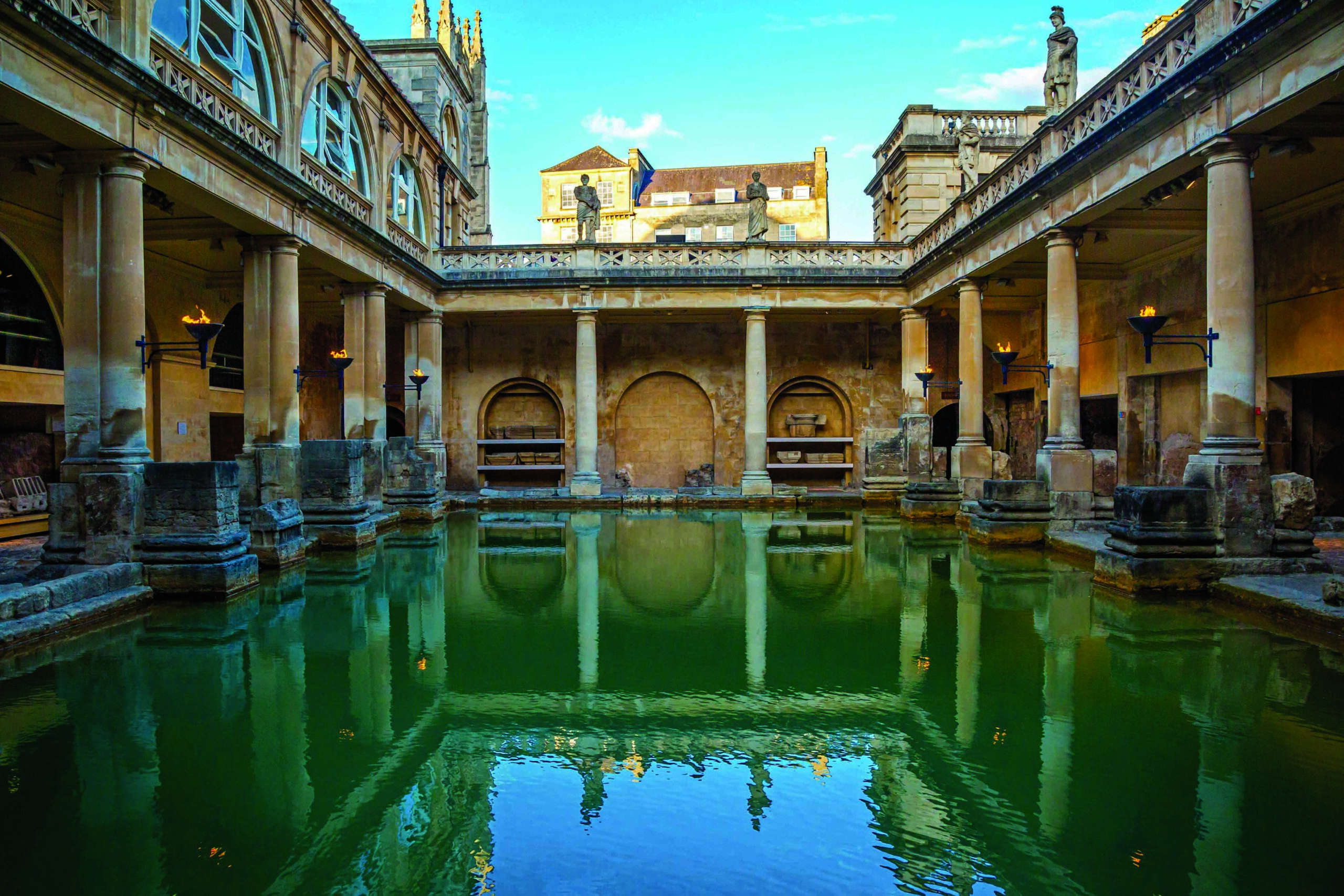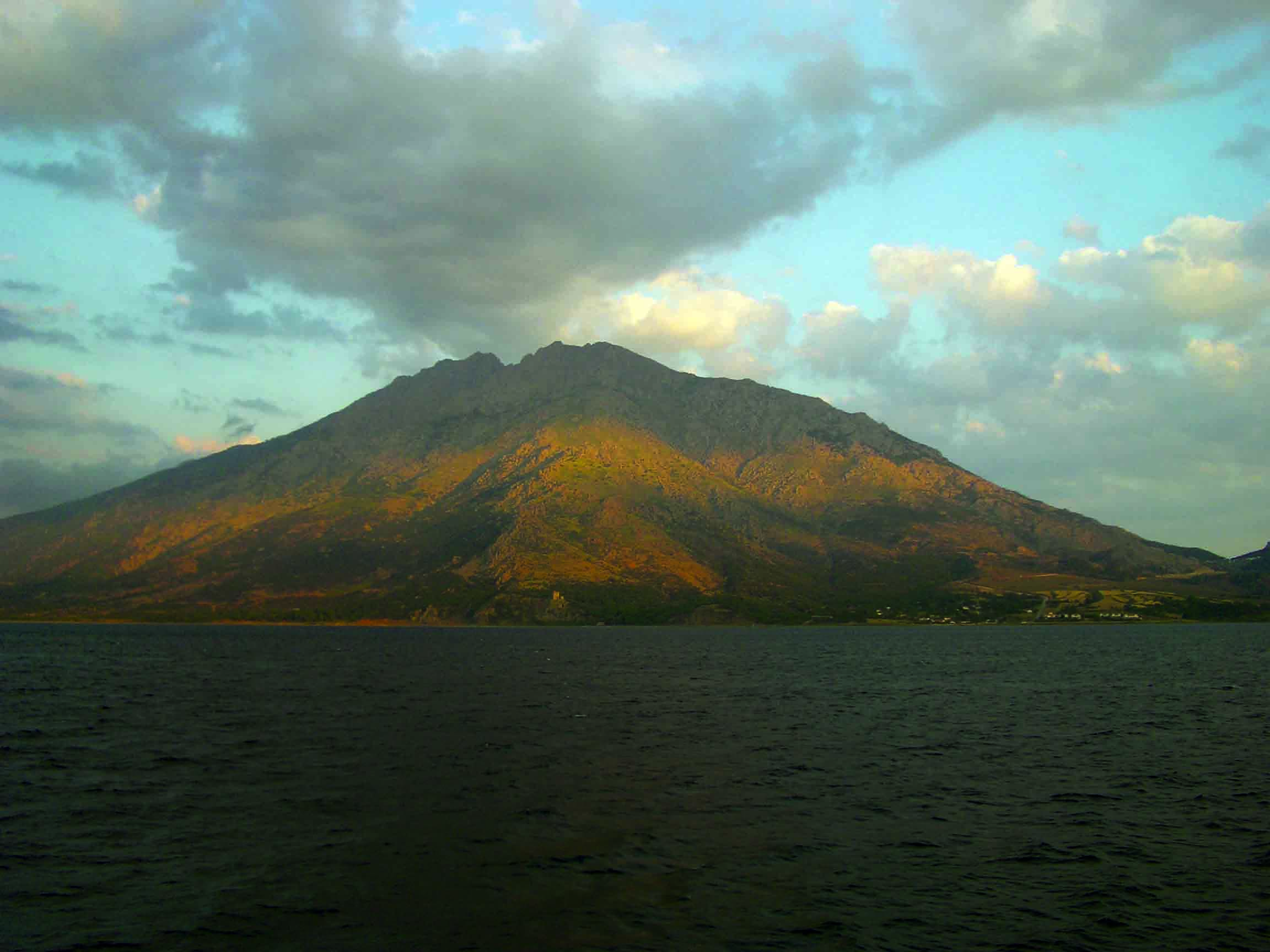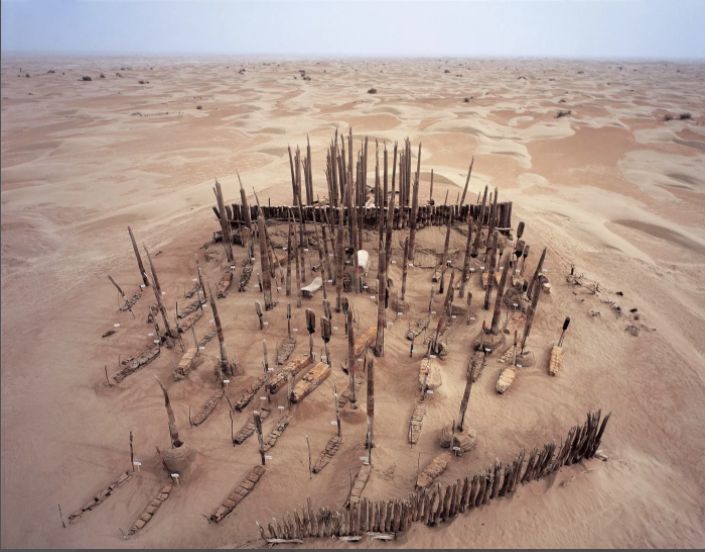
LEIPZIG, GERMANY—According to a Gizmodo report, an international team of researchers has analyzed the genomes of some of the oldest of the naturally preserved mummies from northwest China’s Xiaohe cemetery, which is located in the desert sands of the Tarim Basin. It had been previously thought that these people came from the Black Sea area or the Iranian Plateau, based upon their physical appearance, felted and woven woolen clothing, boat-shaped coffins, and diet based on cattle, sheep, goats, wheat, barley, millet, and kefir cheese. The new study, however, suggests that the people buried at Xiaohe cemetery were an isolated group descended from Ancient North Eurasians (ANE). Markers of such ANE ancestry are found today in Indigenous populations in Siberia and the Americas. Meanwhile, genetic analysis of mummified remains discovered in the nearby Dzungarian Basin indicates that, unlike their Tarim Basin neighbors, they descended from a mix of local populations and steppe herders related to the Yamnaya. “It is unknown where they lived before moving into the Tarim Basin,” Christine Warinner of Harvard University and the Max Planck Institute for Evolutionary Anthropology said of the Xiaohe people, “but their genetic profile and those of their admixed neighbors suggests that they were local to the general region.” For more, go to "Ancient Tattoos: Tarim Basin Mummy."




